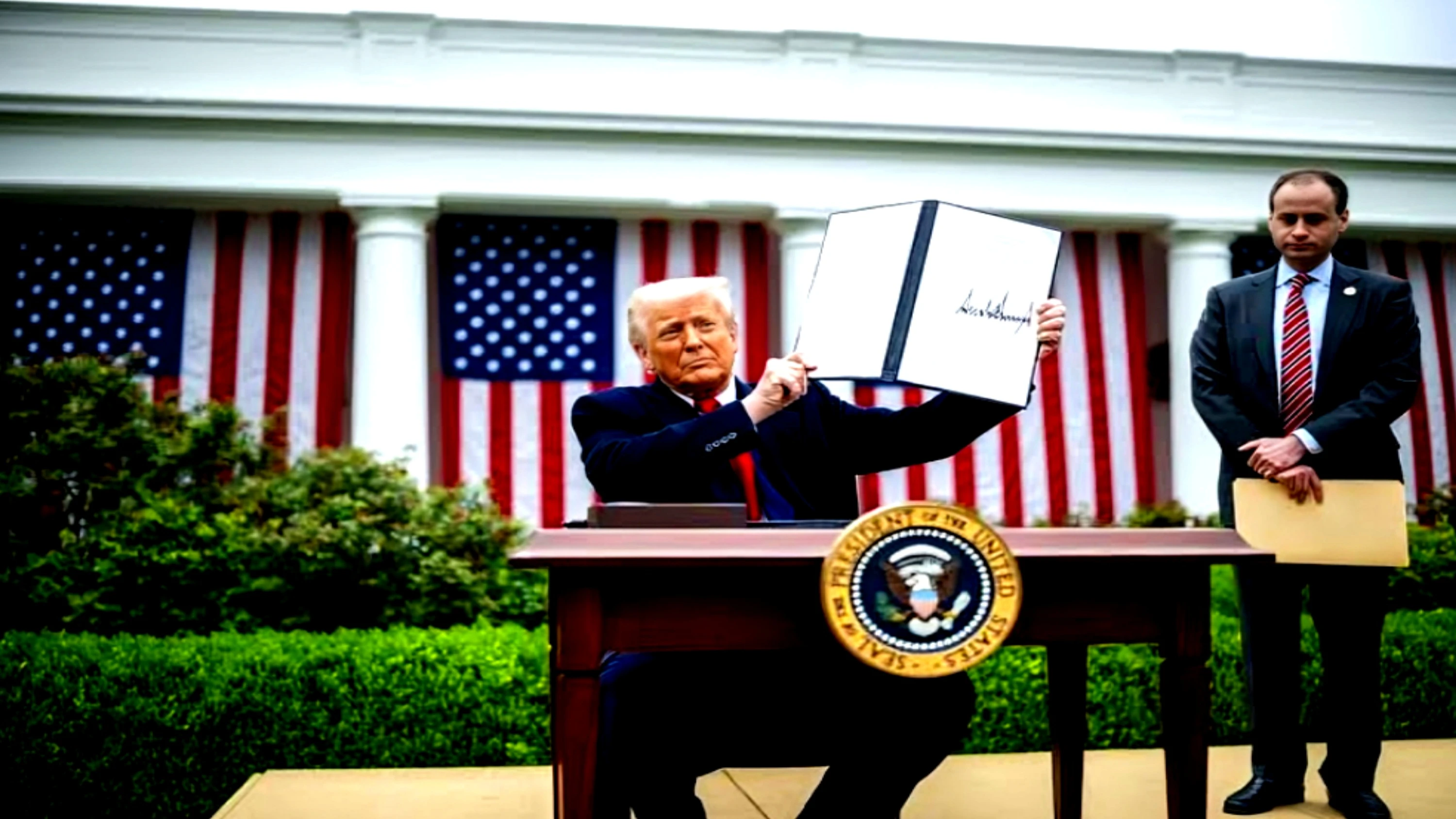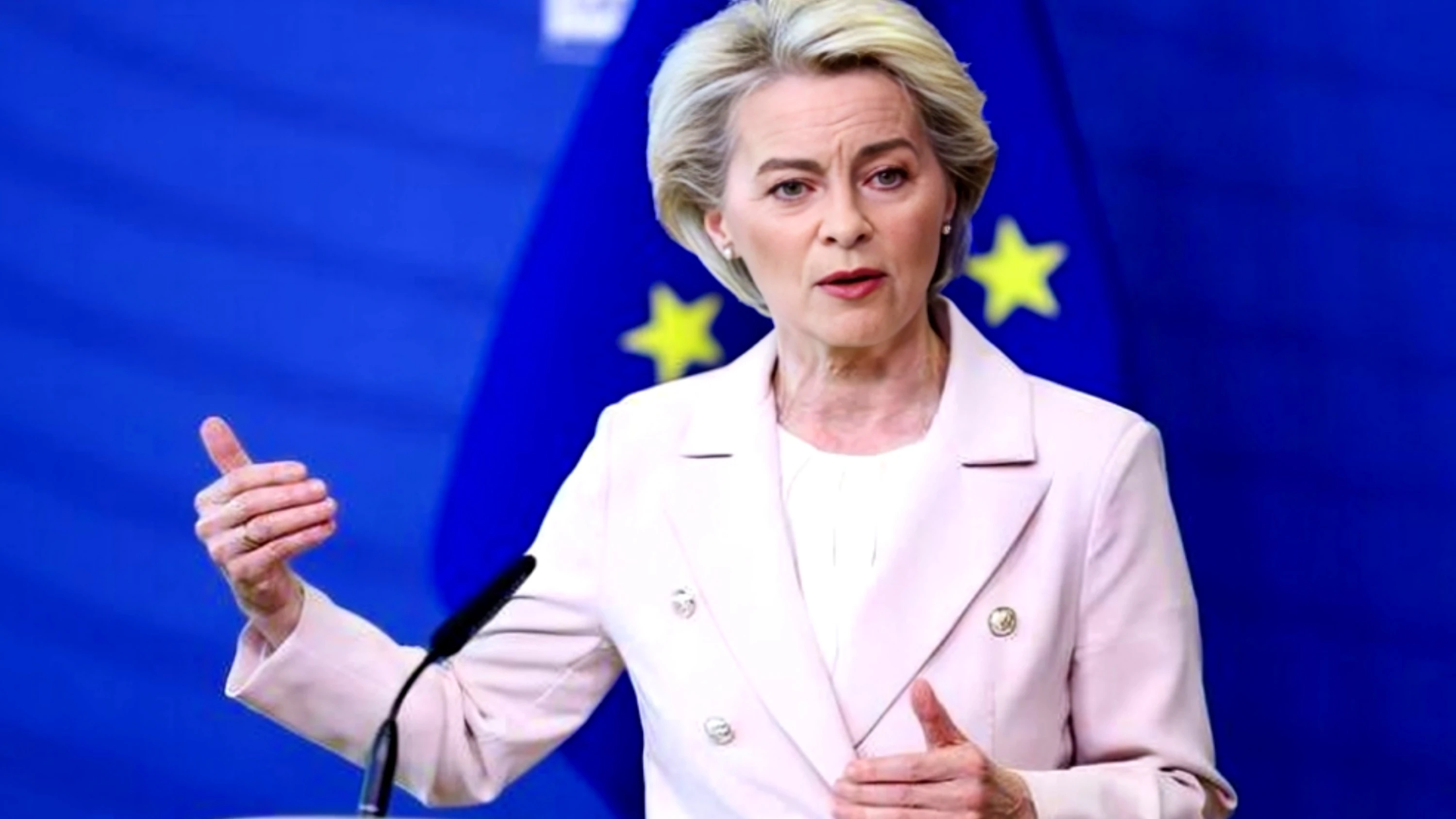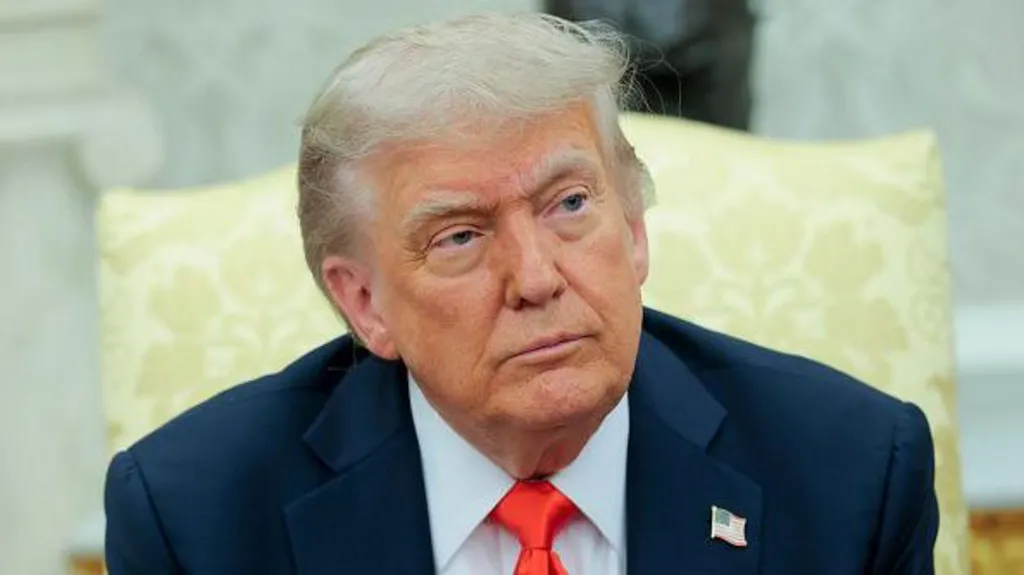Washington: President Donald Trump has announced new tariffs on imported goods from multiple countries in a move aimed at bolstering the American economy. The newly imposed tariffs will impact nearly 100 countries, with around 60 facing higher import duties.
During a speech at the White House on Wednesday, President Trump declared that all countries would face a minimum tariff of 10% on their exports to the United States, effective from April 5. For some nations, higher tariffs will be enforced starting April 9.
During his speech, Trump held up a board outlining specific tariffs, revealing that imports from the United Kingdom which would be taxed at 10%, while goods from the European Union would face a 20% tariff. Additionally, foreign-manufactured automobiles entering the U.S. will now be subject to a 25% tariff.
Other Key tariffs imposed include:
China: 34%
Vietnam: 46%
Taiwan: 32%
Japan: 24%
India: 26%
South Korea: 25%
Thailand: 36%
Malaysia: 24%
Cambodia: 49%
Bangladesh: 37%
Singapore: 10%
Philippines: 17%
Pakistan: 29%
Sri Lanka: 44%
Myanmar: 44%
European Union: 20%
Kosovo: 10%
Switzerland: 31%
United Kingdom: 10%
Norway: 15%
Ukraine: 10%
Serbia: 37%
However, President Trump clarified that companies manufacturing their products within the U.S. would be exempt from these tariffs. “If you produce your goods here in America, there will be no tariff,” he stated.
Economic and Global Reactions
Financial markets across Asia showed immediate signs of decline following the announcement, while the U.S. stock market remained closed until after Trump’s speech, which he referred to as a ‘Day of Independence’ for the country.
Global economic experts have expressed concerns over the implications of these tariffs. Olu Sonalu, head of U.S. economic research at Fitch Ratings, called the tariffs a ‘game-changer’ for both the American and global economy, warning that they could push multiple nations into recession. Meanwhile, International Monetary Fund economist Kenneth Rogoff likened the move to an ‘atomic bomb’ on the global trade system.
Despite these concerns, Trump justified the decision, stating that many nations unfairly restrict American exports. He accused the European Union of blocking U.S. poultry products, Australia of refusing to import American beef, and Asian countries such as Japan, South Korea, and China of limiting U.S. rice exports.
Trump also issued a warning to world leaders seeking tariff exemptions, saying, “My message to them is simple: first, remove your tariffs, stop currency manipulation, and start buying billions of dollars’ worth of American products.”
Impact on U.S. Consumers and Businesses
Economists argue that the burden of these tariffs will ultimately fall on American consumers and businesses. A 2024 survey by the University of Chicago found that 98% of economists agreed that higher tariffs typically lead to increased consumer prices, with only 2% disagreeing.
Historical data from Trump’s previous tariff measures between 2017 and 2020 indicate that similar actions resulted in increased costs for American households rather than reducing trade deficits. Trade deficit figures also suggest that, despite Trump’s past efforts, the U.S. trade deficit grew from $480 billion in 2016 to $653 billion by 2020.
Experts further warn that multinational corporations may seek ways to circumvent the tariffs, as seen in 2018 when Chinese solar panel manufacturers relocated operations to countries such as Malaysia, Thailand, Cambodia, and Vietnam to avoid U.S. tariffs.
While a small faction of economists and industry groups, such as the Coalition for a Prosperous America, support Trump’s tariff strategy, the majority of analysts argue that such protectionist measures could ultimately harm the U.S. economy by increasing costs and reducing global competitiveness.








